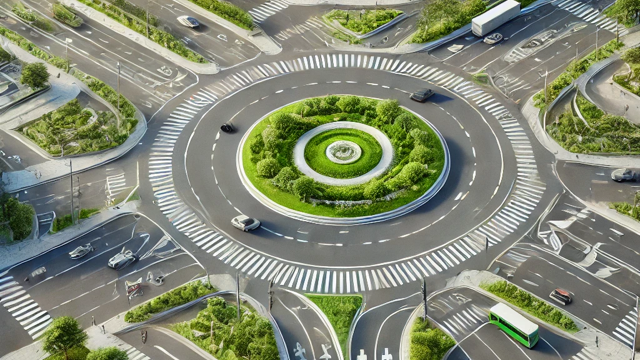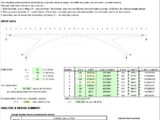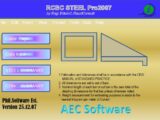
Roundabouts in Modern Infrastructure: Definition, Uses, Advantages, and Famous DesignsRoundabouts in Modern Infrastructure: Definition, Uses, Advantages, and Famous Designs
25 January 2025 Off By The Engineering CommunityTable of Contents
Roundabouts in Modern Infrastructure: Definition, Uses, Advantages, and Famous Designs
Roundabouts have become an essential feature in modern road infrastructure, revolutionizing the way we manage traffic flow. Their efficiency, safety, and aesthetic versatility make them a preferred choice for civil engineers and urban planners worldwide. This article explores the definition, uses, advantages, different types of roundabouts, and highlights some of the most famous ones with unique designs.
What is a Roundabout?
A roundabout is a circular intersection where traffic flows in a counterclockwise direction (in countries that drive on the right) or clockwise (in countries that drive on the left). Vehicles enter and exit through connecting roads without the need for traffic signals, yielding to the traffic already circulating within the roundabout.
Unlike traditional intersections, roundabouts prioritize continuous flow, reducing delays and improving overall traffic efficiency.
Uses of Roundabouts
Roundabouts are implemented in various traffic scenarios, including:
- Traffic Flow Management: To reduce congestion and improve movement at busy intersections.
- Safety Improvements: To lower the risk of high-speed collisions, especially at intersections with a history of accidents.
- Aesthetic Enhancements: Often designed with landscaping, art installations, or monuments to beautify the area.
- Environmental Benefits: Reduced idling and smoother flow lead to lower vehicle emissions.
- Space Optimization: Efficiently managing traffic in constrained urban areas.
Advantages of Roundabouts
- Improved Safety:
- Roundabouts reduce the likelihood of severe accidents by eliminating head-on and T-bone collisions.
- Studies show a significant reduction in fatalities and injury crashes compared to traditional intersections.
- Enhanced Traffic Flow:
- Vehicles experience fewer delays due to the continuous flow of traffic.
- Roundabouts can handle higher volumes of traffic compared to signalized intersections.
- Cost-Effective:
- Eliminates the need for traffic signals, reducing maintenance costs.
- Longer lifespan compared to signalized intersections.
- Environmentally Friendly:
- Lower fuel consumption and reduced vehicle emissions due to less idling and smoother transitions.
- Aesthetic Appeal:
- Central islands can be landscaped or used for public art, enhancing the visual appeal of the area.
Types of Roundabouts
Roundabouts come in various designs tailored to specific traffic needs and spatial constraints. Here are the main types:
1. Single-Lane Roundabout
- Description: A basic roundabout with one circulating lane.
- Uses: Ideal for low to moderate traffic volumes in suburban or rural areas.
2. Multi-Lane Roundabout
- Description: Features two or more circulating lanes.
- Uses: Designed for high-traffic areas to accommodate more vehicles.
- Challenges: Requires clear signage and lane markings to guide drivers.
3. Mini-Roundabout
- Description: A compact version with a smaller diameter and a traversable central island.
- Uses: Suitable for low-speed urban environments and tight spaces.
4. Turbo Roundabout
- Description: A multi-lane roundabout with spiral lane markings that guide vehicles into their designated exits.
- Uses: Improves capacity and safety by reducing lane conflicts.
5. Double Roundabout (Dog Bone or Dumbbell Roundabout)
- Description: Two small roundabouts connected by a short roadway.
- Uses: Often found at freeway interchanges to manage high-speed traffic.
6. Signalized Roundabout
- Description: Combines traffic signals with a roundabout design.
- Uses: Effective in managing pedestrian crossings and heavy traffic volumes.
Conclusion
Roundabouts are more than just traffic control solutions; they are engineering marvels that blend functionality, safety, and aesthetics. By understanding their uses, advantages, and various types, urban planners and engineers can design efficient road systems that cater to modern needs. From simple single-lane designs to elaborate multi-lane and turbo roundabouts, these intersections play a crucial role in shaping the future of urban mobility.
For more insightful articles on civil engineering and infrastructure, stay tuned to our blog and discover the innovative solutions shaping our world.


